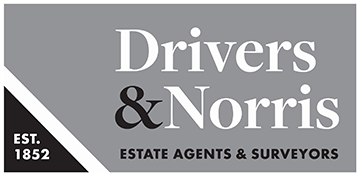
What are the biggest headaches for landlords? Helpthemove explores the challenges landlords face during tenancy changeover.
The private rented sector (PRS) in England is substantial, accounting for nearly a fifth of all households, or around 4.6 million properties (English Housing Survey, 2022).
On average, private renters have resided in their current homes for 4.2 years, according to Gov UK (2022). This is less than the average tenure for social renters and owner-occupiers, who typically stay for 10.8 years and 16 years, respectively, indicating the PRS as the sector with the highest mobility. Given this dynamic, landlords often face a range of challenges during tenant transitions.
Utilities management platform Helpthemove takes a look at what the trickiest issues are for landlords during a changeover:
Identifying the challenges
Utilities management: Mismanagement of utilities can lead to significant losses for landlords. Transferring utilities, ensuring bills are paid up to the end of tenancy, and setting up utilities for new tenants can be a complicated process fraught with potential errors. Mistakes can lead to landlords losing up to 10% of their annual income.
Property damage: Landlords bear the financial burden of any property damage caused by tenants. This can range from minor issues like broken fixtures to significant problems like structural damage. The average cost per incident is around £1,500, causing a significant financial burden.
Administrative tasks: Property management involves numerous administrative tasks, including handling leases, managing maintenance requests, and maintaining accurate records. These tasks can consume significant time, with landlords spending over 18 hours per month on paperwork.
Vacancy periods: Periods between tenancies can result in lost income for landlords. The average vacancy period is 22 days, and during this time landlords not only lose potential rental income but may also incur additional costs for property upkeep.
Overcoming the challenges
With 29% of private renters moving three or more times in the space of five years, the need for effective tools to manage these issues has never been greater.
Effective utilities management: Managing utilities effectively can protect landlords from unexpected costs. Platforms like Helpthemove provide automated utility management solutions that ensure accuracy and efficiency during tenant transitions. Such platforms can handle the transfer of utilities, ensure all bills are up-to-date, and set up utilities for new tenants, reducing the burden on landlords.
Damage mitigation: Regular property inspections and detailed move-in/move-out checklists can help identify and address potential issues early, reducing the likelihood and cost of property damage. Additionally, careful tenant selection, including thorough background checks, can ensure that responsible individuals occupy the property.
Streamlined administration: Automating administrative tasks can save landlords valuable time each month. Digital solutions can facilitate online lease signing, track and manage maintenance requests, and maintain accurate property and tenant records.
Reducing vacancy periods: Effective marketing strategies, efficient tenant screening, and maintaining competitive rental rates can minimise vacancy periods, maximising rental income. A quick response to inquiries and a streamlined application process can also attract and secure responsible tenants faster.
